Engaging the body and the brain is important for kids with sensory processing disorders, autism, ADHD and other processing challenges. While heavy work and exercise strengthens and stretches muscles, the benefits go beyond physical fitness. Heavy work helps kids calm and center themselves, as well as develop “body maps”– a sense of their body in space. It targets the proprioceptive system with activities that provide resistance such as pulling, pushing or lifting.
Take a look at our top suggestions to get your kids moving, thinking, organizing and processing, while increasing a sense of calm and focus.
Heavy Work Activities
1. Jumping
Jumping can be highly alerting to the muscles and the brain. You can use trampolines, a Bounce Board, jump ropes or hopscotch boards to get your kids jumping. Keep the jumping organized with rhythm in the form of clapping, counting or singing. This also provides a clear end time to the activity.
2. Get Rolling
Bicycles and scooters are fun sources of heavy work. If your child is not ready for a serious balance challenge, try a standing bike or a low profile soft scooter, like the Soft Tummy Scooter. Using their arms and legs in a coordinated fashion also works on crossing midline, motor planning and balance skills.
3. Chores
Heavy work can be easily incorporated into your daily routine around the house. Give your child a rake, vacuum cleaner, sponge or broom and put them in charge of cleanup. Have them up and move stacks of books back onto the bookshelves or unload groceries from the bags after a shopping trip. Each of these activities give kids’ muscles and joints great resistive input. Not only will they benefit from the satisfaction of a job well done and the family participation, they will also benefit from the regulatory input of the heavy work.

4. Outdoor Games
Climbing on a playground or rock climbing wall is a great way to get heavy work activity for the upper body and core muscles. Cooperative games, such as relay races with wheelbarrow walking, potato sack jumping and animal walks, are also fun and incorporate good social skills. Don’t forget tug of war, obstacle courses and swimming for other great ways to dive into some heavy work.
5. Chewing and Sucking
Though it might not seem like “heavy work”, the mouth is a powerful regulator. Oral motor exercises can be incorporated into everyday activities. Chewing dried fruit or crunchy carrots provides a workout for the lips, cheeks, tongue and jaw. Sucking applesauce or yogurt through a straw, or gnawing on chewies are all great ways to use the mouth to calm the body.
Introduce a heavy work activity before and/or after a time when your child might experience sensory overwhelm. This strategy can be used as needed or as part of a formal sensory diet to help your child regulate. Remembr, it may take some experimentation to determine the best strategy for your child’s needs. Keep an eye out for the heavy work opportunities available wherever you go!
Check out our collection of active toys and tools for fun heavy work outlets.

















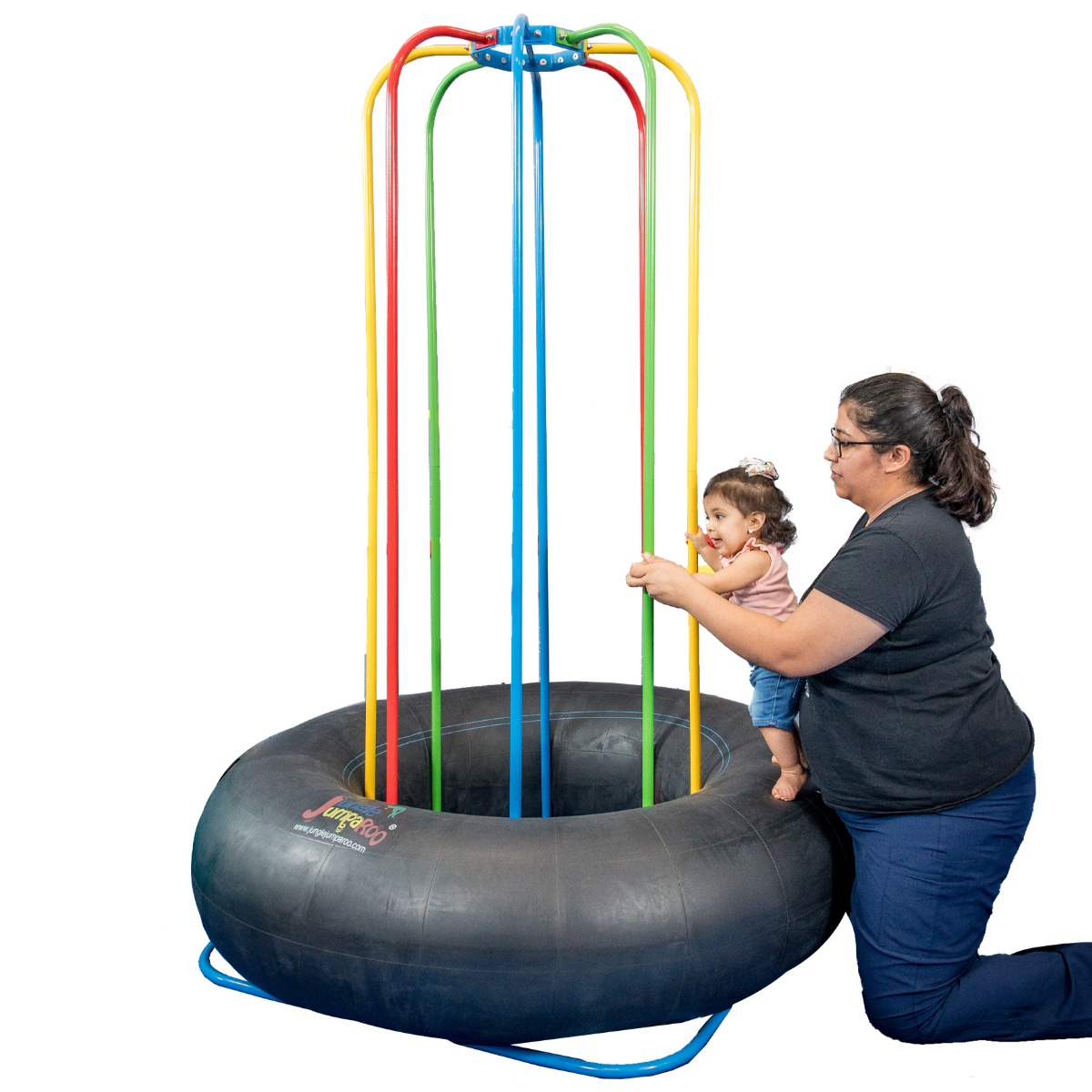
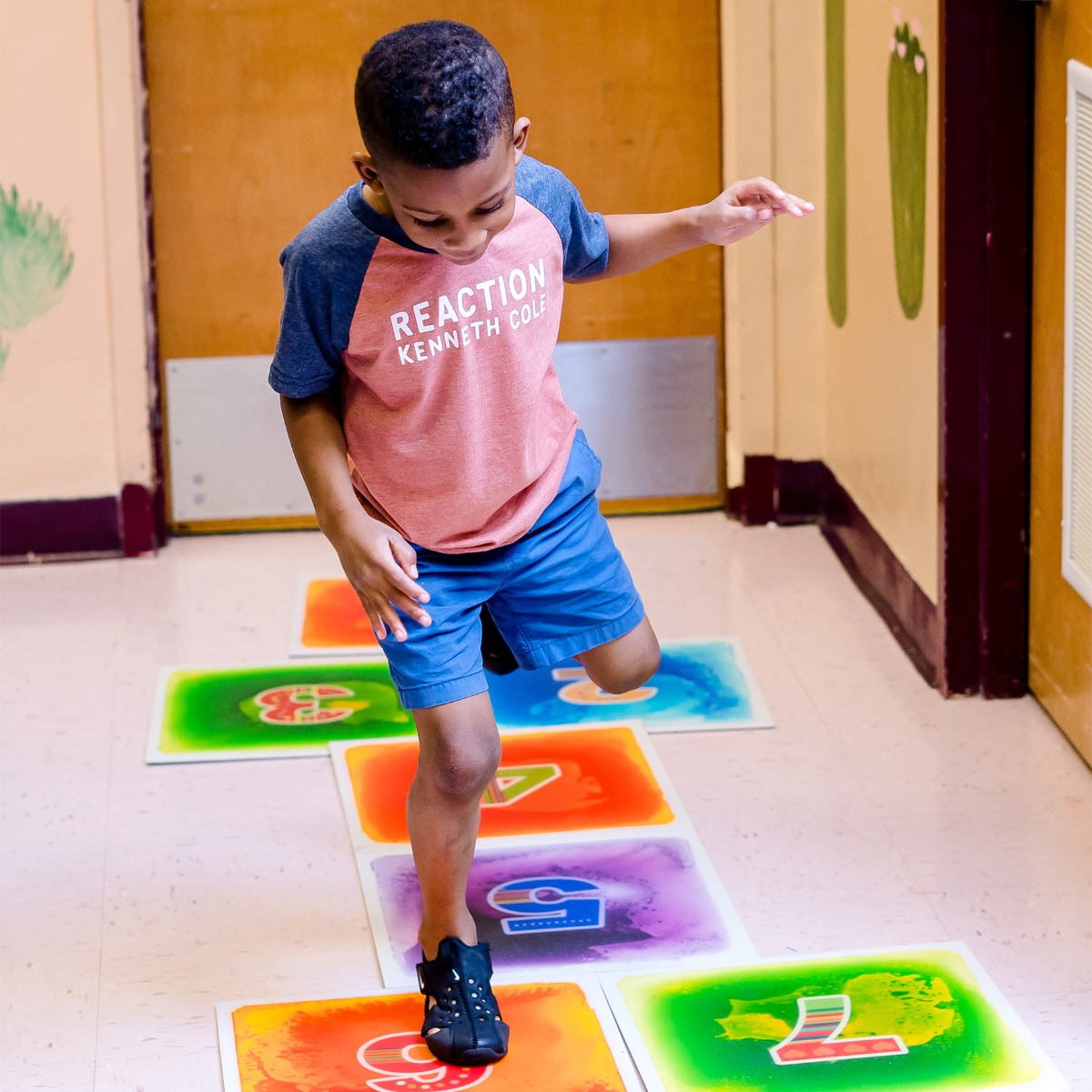
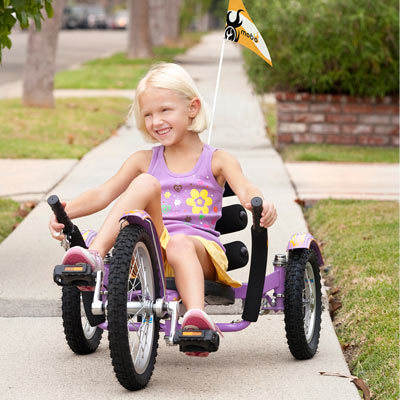
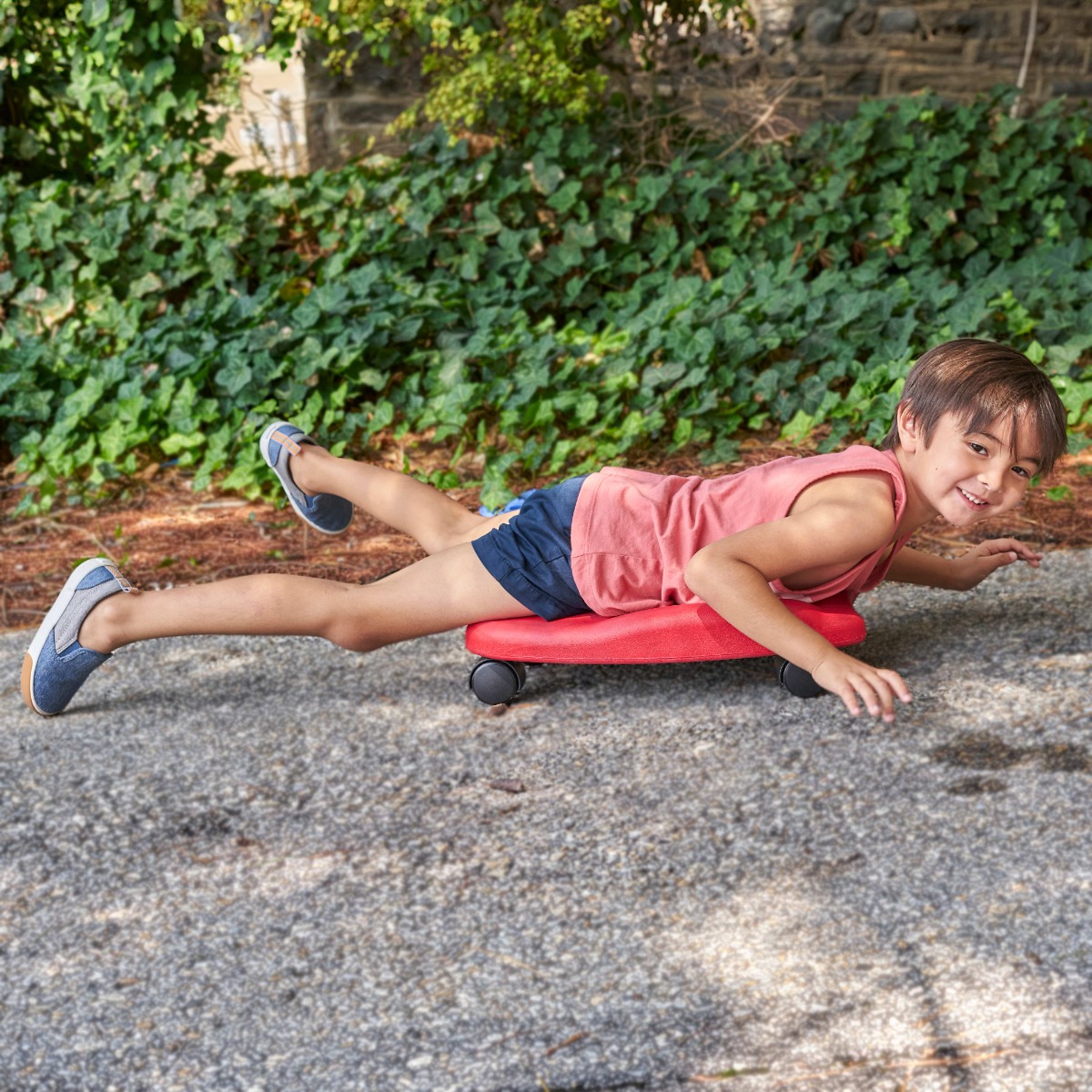
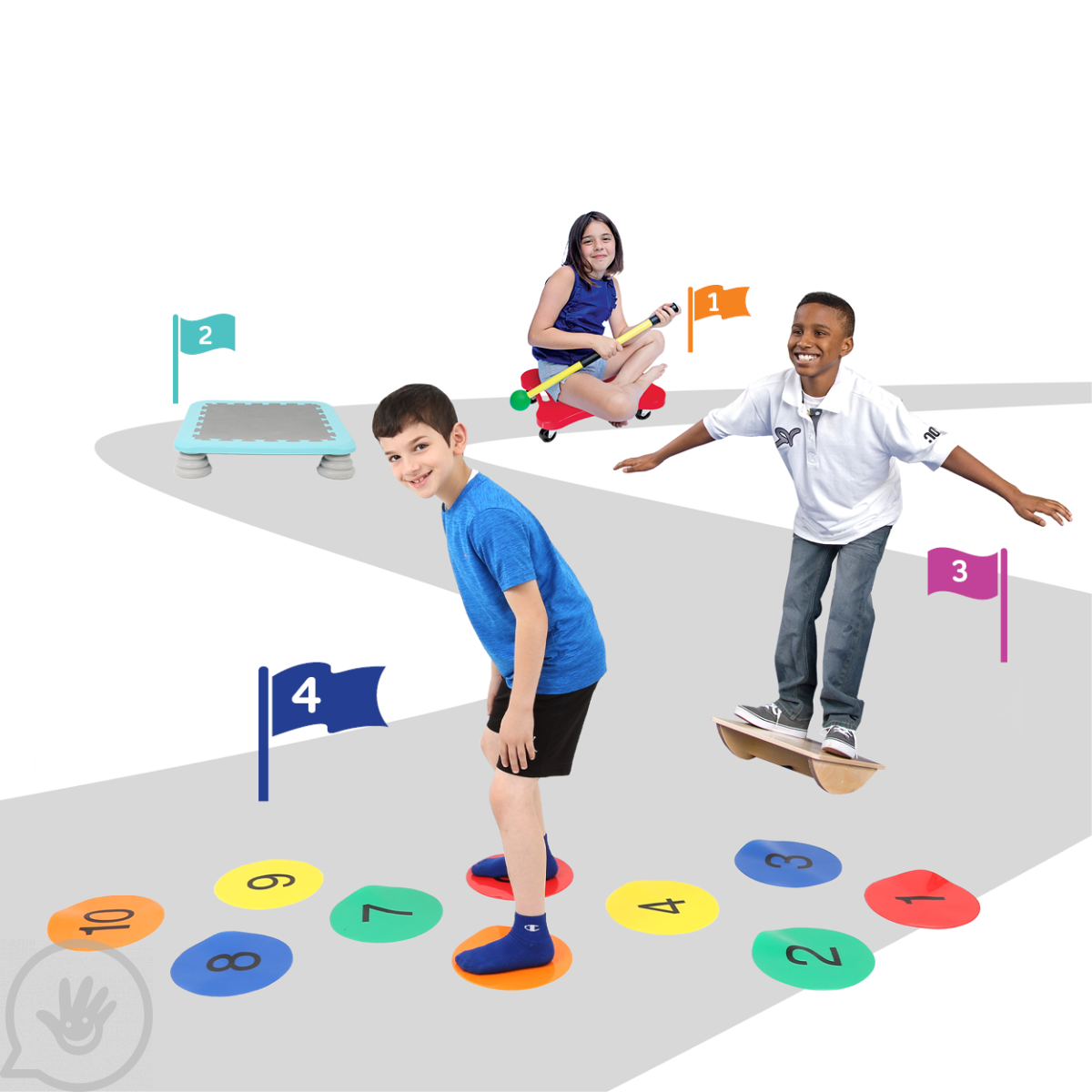
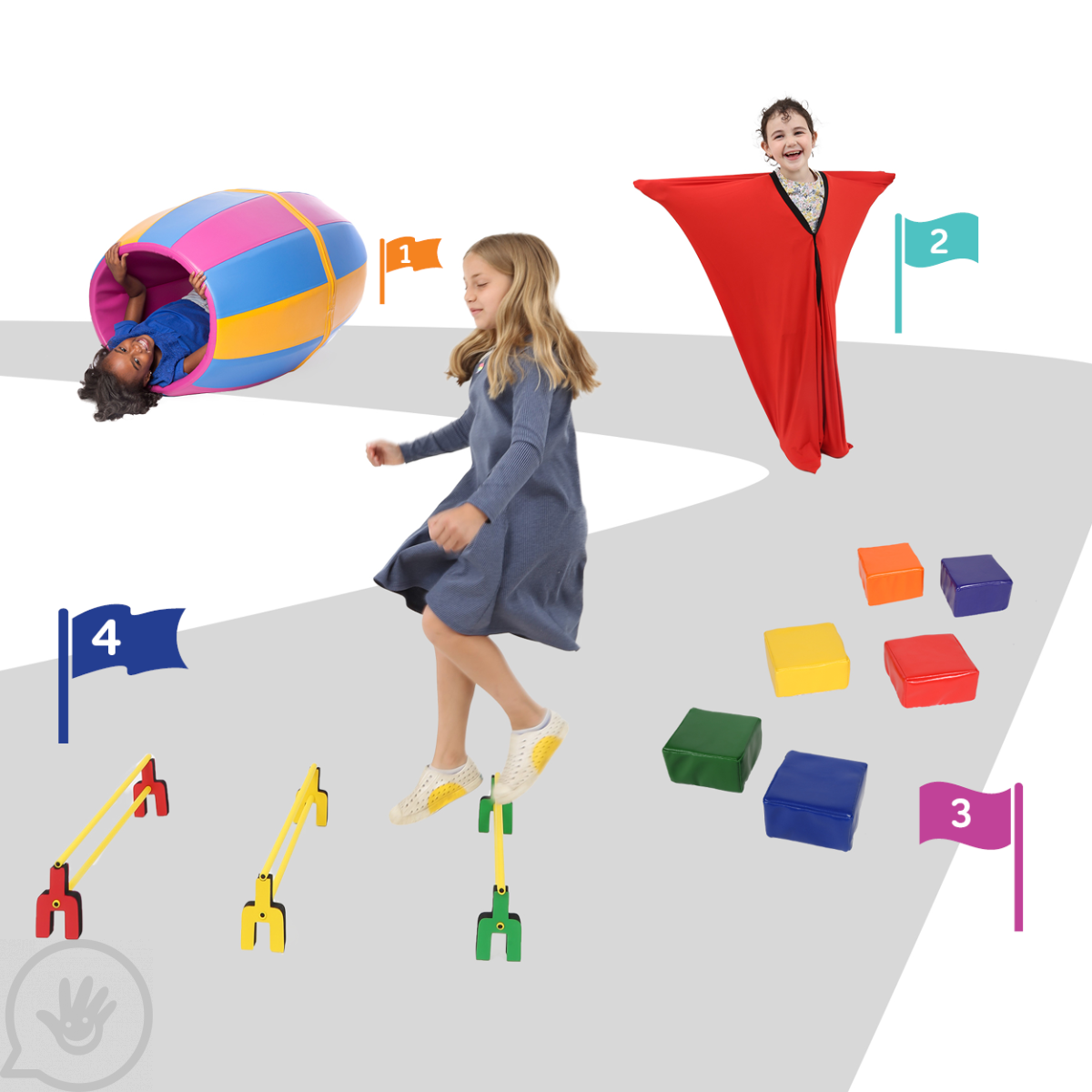
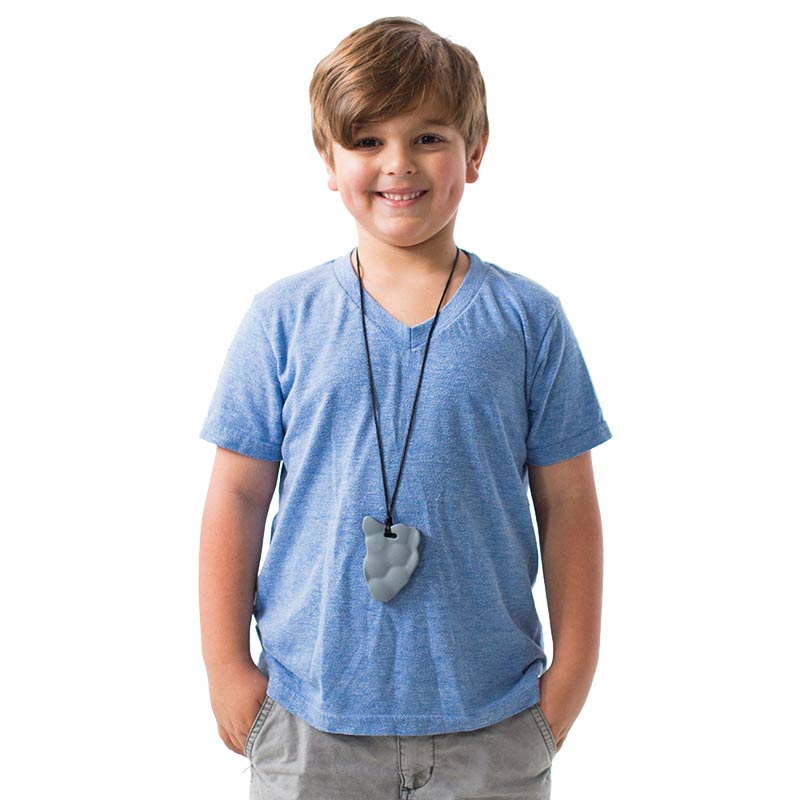






Comments